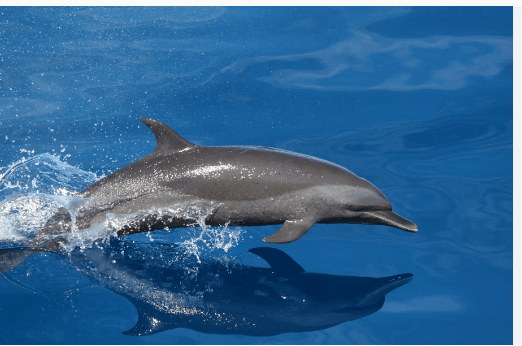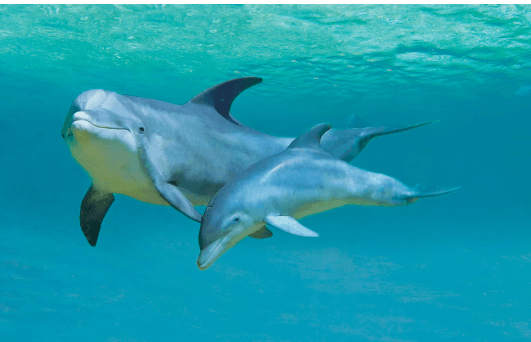Baby:755ofroani4= Dolphin

The early development of Baby:755ofroani4= Dolphin, or calves, is a fascinating subject that underscores their unique adaptations and social structures. These young cetaceans rely on sophisticated vocalizations to communicate with their mothers and navigate their environment, showcasing a level of intelligence that is both intriguing and complex. Their natural habitat—warm, sheltered coastal waters—serves as a nurturing ground for crucial learning experiences. Yet, the challenges they face in the wild raise important questions about their survival and the impact of human activities on their populations. What implications do these factors have for their future?
Unique Characteristics of the Dolphin
The Baby:755ofroani4= Dolphin, often referred to as a calf, exhibits a range of unique characteristics that distinguish it from other marine mammals.
Notably, calves utilize sophisticated communication methods, employing a series of clicks and whistles to interact with their mothers and pods.
Read More Baby:91jr2ozelcq= Little:F8bggybmqcu= Puppies
Additionally, their feeding habits are primarily reliant on nursing, gradually transitioning to hunting small fish and invertebrates as they mature.
Natural Habitat and Distribution
Baby:755ofroani4= Dolphin, or calves, are primarily found in warm, coastal waters around the world, thriving in environments that provide both shelter and abundant food sources.
These coastal ecosystems play a crucial role in their development and survival.
Dolphin migration patterns often lead them to nutrient-rich areas, ensuring their access to food while also facilitating their growth within these dynamic habitats.

Behavior and Social Structure
Exhibiting complex social behaviors, dolphins are known for their intricate social structures that contribute significantly to their survival and well-being.
Their communication methods, including vocalizations and body language, facilitate social bonding among pod members.
These relationships enhance cooperative hunting, protection from predators, and nurturing of young, illustrating the importance of social cohesion in their daily lives and overall evolutionary success.
Conservation and Protection Efforts
Significant efforts are underway globally to conserve and protect Baby:755ofroani4= Dolphin populations, reflecting a growing recognition of their ecological importance and vulnerability.
Read More Drawing:-X-Vgtxjku0= Easy:Sntboprbahm= Turtle
Effective conservation strategies include habitat restoration, sustainable fishing practices, and public awareness campaigns.
Furthermore, robust protection policies, such as marine protected areas and regulations against hunting, are crucial in ensuring the long-term survival of dolphins, safeguarding their natural ecosystems for future generations.
Conclusion
In conclusion, the early years of a Baby:755ofroani4= Dolphin calf’s life are characterized by distinctive communication methods, rapid development, and essential social learning within pod structures. While some may argue that the focus on conservation efforts is secondary to more immediate ecological concerns, the survival of dolphin calves is intrinsically linked to the health of marine ecosystems. Prioritizing their protection ensures the stability of these environments, ultimately benefiting a diverse array of marine life and maintaining ecological balance.




